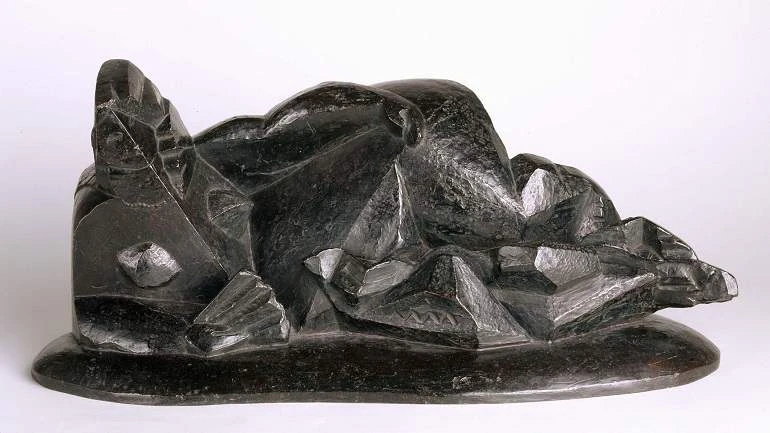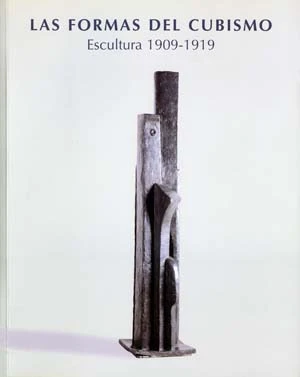Las formas del cubismo. Escultura 1909-1919

This exhibition has been preceded by previous research on Lipchitz by art critic and contemporary art specialist José Francisco Yvars. This study is made manifest by the exhibition Lipchitz. 1891-1973. Un mundo sorprendido en el espacio, held at the Museo Reina Sofia in 1997 and at the IVAM in Valencia.
Yvars is also the curator of this exhibition in 2002 and provides an overview of Cubist manifestations in sculpture through thirty sculptures and twenty-six drawings that function as explanatory materials of the genesis of sculptural works. The exhibition aims to be halfway between what formalises radicalism, which defines the avant-garde from the early twentieth century and the emergence of -isms. In this way, to Picasso we add the geometric conceptualisation of three-dimensional reality by Laurens, Lipchitz and Duchamp-Villon, early formulation by Boccioni and Archipenko and the anti-realist proposals of Constantin Brancusi and the Czech Cubists, who remind us that Prague was the second major Cubist focus, after Paris, with Otto Gutfreund, Joseph Czaky and Emil Filla.
The exhibition also includes two polarisations of Cubist sculpture. The first belongs to the French Henri Gaudier-Brzeska, a founding member of the vorticism movement, which despite its short history, develops a counterpoint to Lipchitz and Laurens’ disciplined cubist deconstructions through an almost magical sculpture, as noted by Yvars.
Furthermore, the inclusion of Argentine Pablo Curatella Manés in the exhibition broadens the scope of Cubist sculpture towards avant-garde developments further than the Atlantic. Pupil of Aristide Maillol and Antoine Bourdelle in Paris, the artist discovers Boccioni's contributions to futurist sculpture in 1911. This finding adds to his contact with Laurens and Lipchitz in the 1920s in Paris, which allows him to include Cubism at a later date. In this way the Argentine creates a personal fusion between this trend and his interest for traditional iconological repertoire. In the above examples different sculptural experiments are mentioned, but Picasso’s Cubism stands as the seed of them all.
Artists
Salvador Dalí Museum of St. Petersburg, Florida, USA (May 10 - September 9, 2002)
Organised by
Museo Nacional Centro de Arte Reina Sofía
Image gallery

Itinerary
Museo Nacional Centro de Arte Reina Sofía, Madrid
12 February, 2002 - 16 April, 2002
The Dalí Museum, San Petersburgo, Florida
10 May, 2002 - 9 September, 2002
